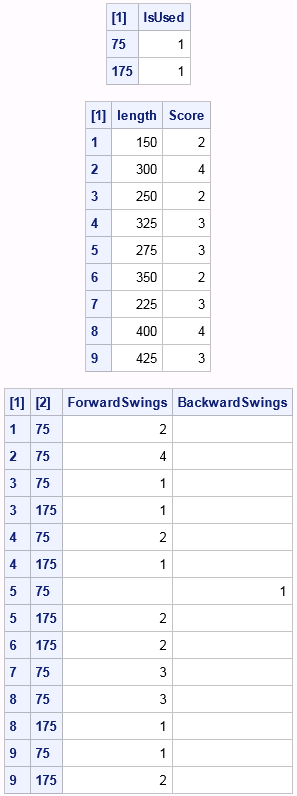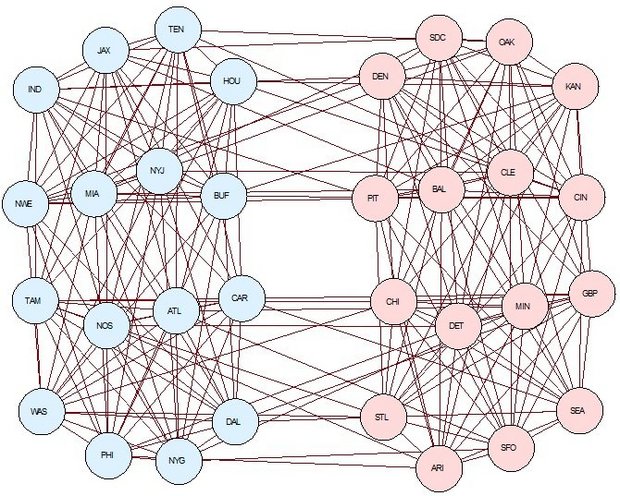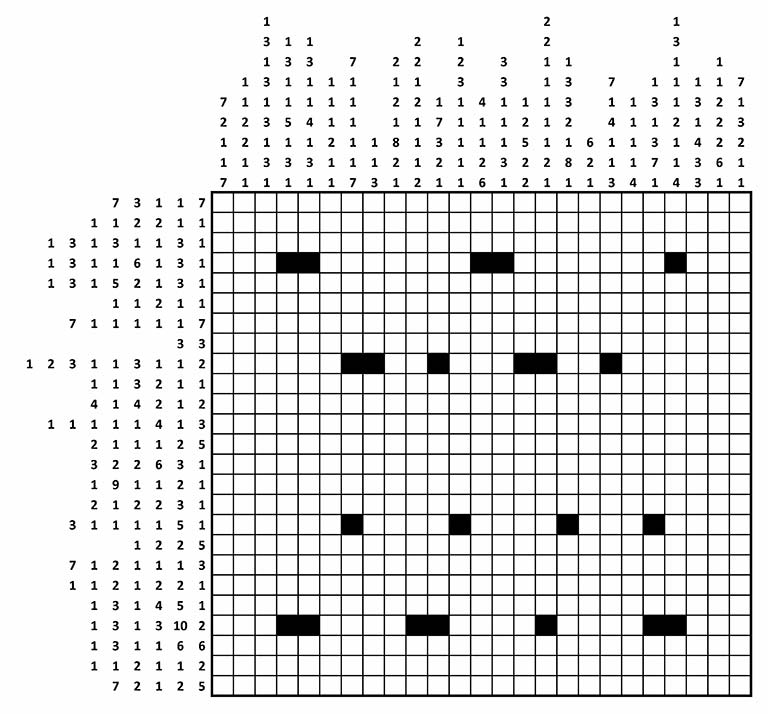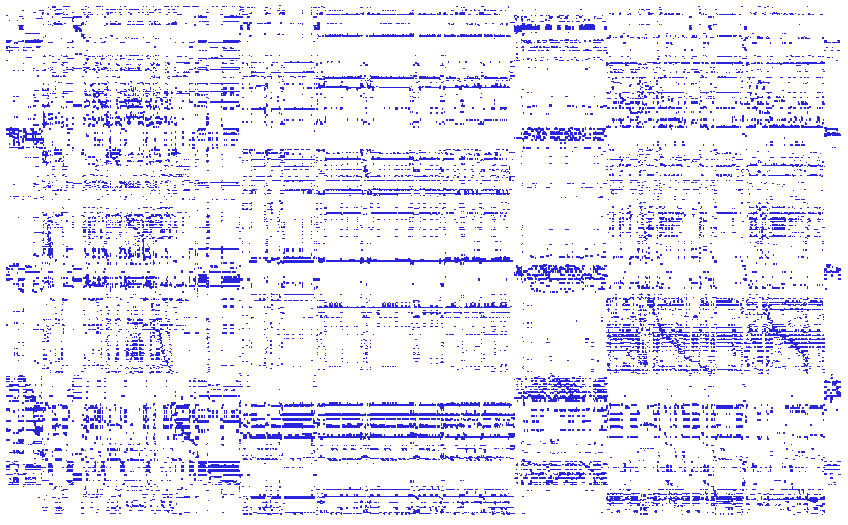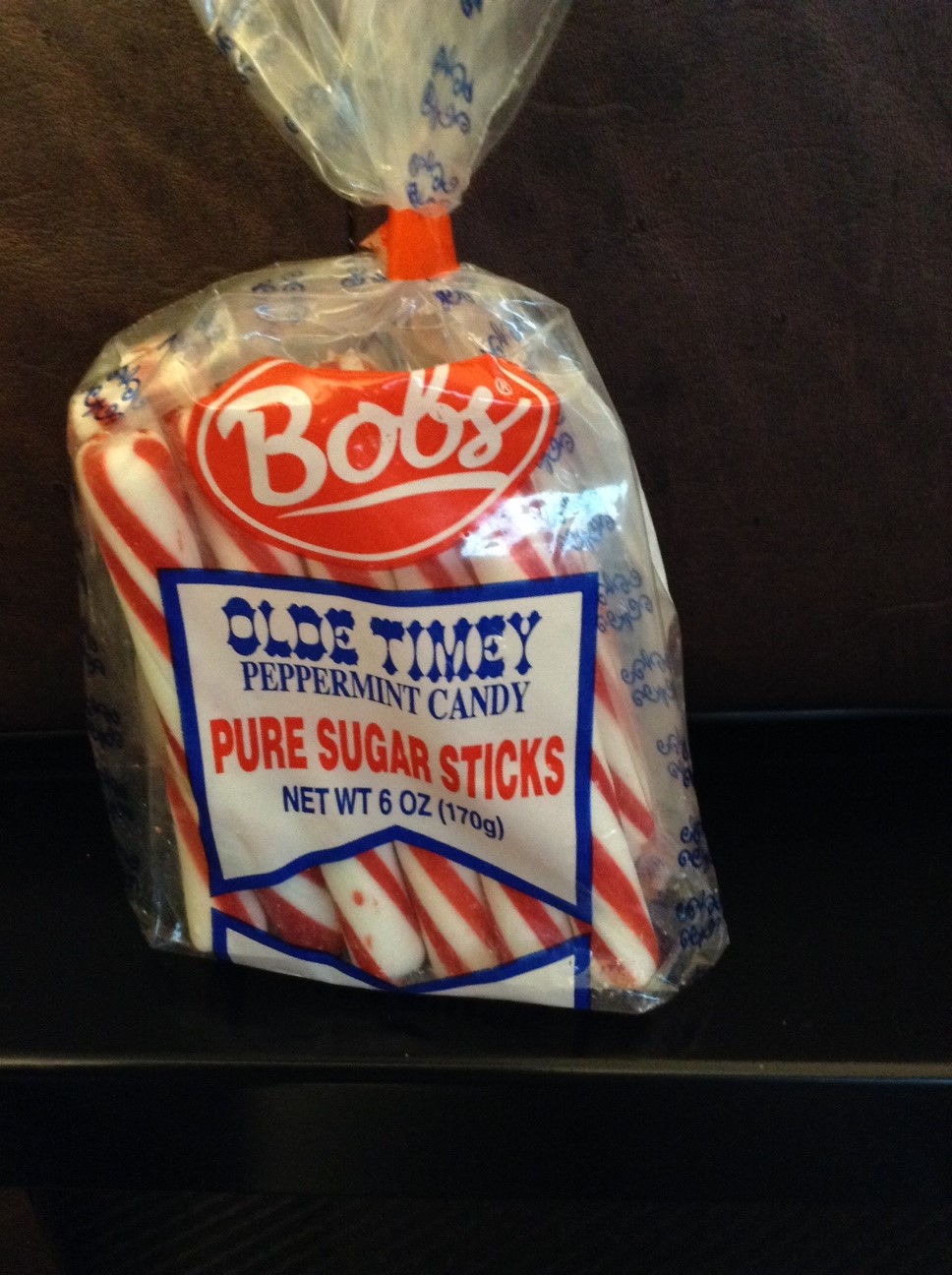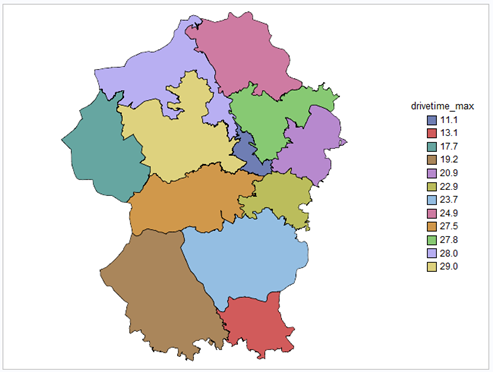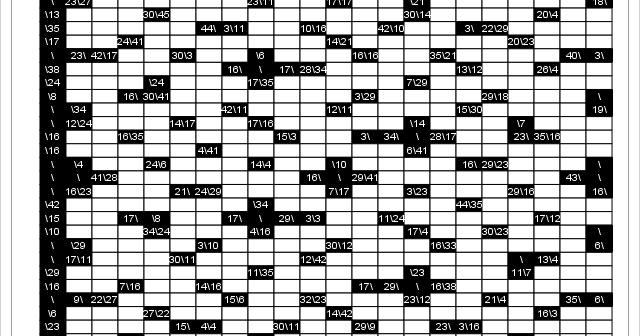
Erwin Kalvelagen recently posted about a logic puzzle called Kakuro, also known as Cross Sums. As in traditional crossword puzzles, there are horizontal and vertical clues. As in Sudoku, each white cell is to be filled in with a digit from 1 to 9, with no digit repeated within the


